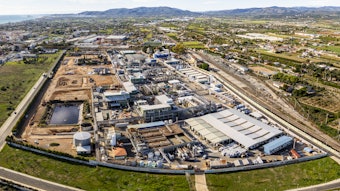The trunk of Aquilaria agallocha Roxb yields the pathological product, agarwood (aloewood), a strong aromatic resinous wood formed in the tree after infection by a fungus. Agar oil, obtained by steam distillation of agarwood powder, is a precious perfume fixative valued much by European perfumers for mixing with their best grade scents. This oil is composed of sesquiterpenic furanoids (dihydroagarofuran, alpha- and beta-agarofuran) and alcohols (agarospirol, agarol).
Linaloe oil (Indian lavender) is distilled chiefly from the dried husks of the fruit (berries) of Bursera penicillata. LinaIoe oil which is produced in India is commonly used by the soap and cosmetic industry.
Recently we reported that the hydrolysis of the non-steam volatile portion of the acetone extract of the spent sandalwood (Santalum album L.) powder with methanolic hydrochloric acid, followed by steam distillation, provides a new essential oil, HESP, which is demonstrating in our pharmacological studies quite distinctive and valuable drug features. Following the same technique, we have now isolated two more new essential oils, one from the spent agarwood in a yield of 0.3% and the other from the spent Bursera husk in a yield of 0.6%. Named, respectively, HAWS and HEB, the acronym for Hydrolysed Agarwood Spent and Hydrolysed Exhausted Bursera, they possess characteristics totally different from those of agar and linaloe oils. The earlier method, which was developed for higher recovery of sandalwood oil from concretes by incorporation of polyethylene glycol 200, was found to be equally applicable in the case of agarwood. It was found that the acetone extract of agarwood power upon steam distillation in the presence of polyethylene glycol 200, yields 25% more agar oil than that obtained conventionally from a direct steam distillation process. In the present article, we describe the process of isolation of HAWS and HEB oils along with their physiochemical properties.










